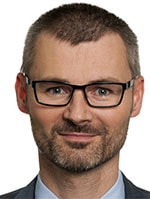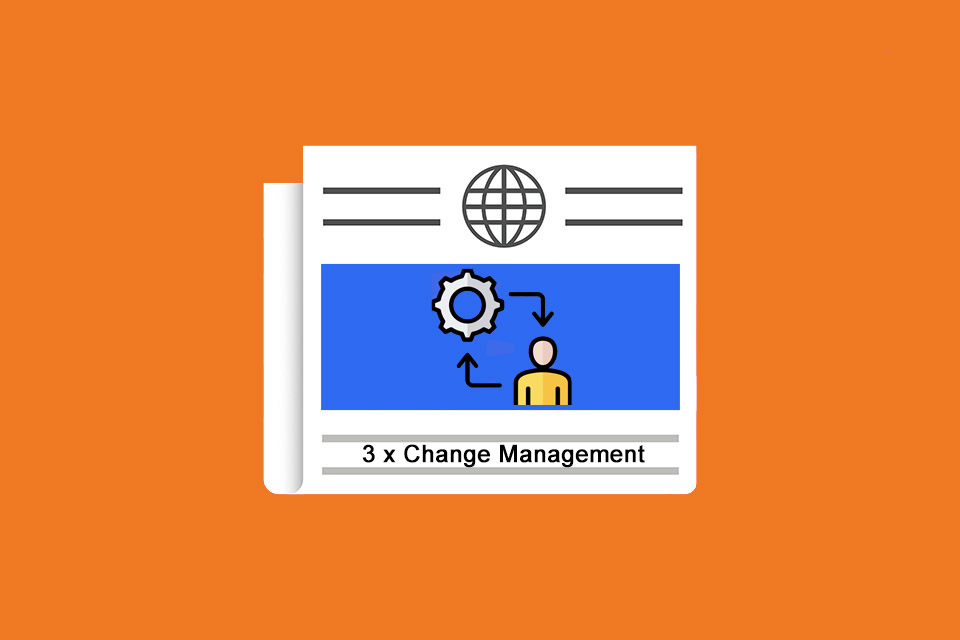Three questions about organisational development
A conversation with Jo Kristof about organisational development
Organisational development is a hot topic right now. Many companies are starting to address the issue and set up their own departments to deal with it. But what exactly is organisational development, why is it necessary, and how can it be successfully embedded in companies?
Jo Kristof is a consultant and sparring partner on the topics of leadership, change and collaboration. With her company IT’S ABOUT LEADERSHIP, she and her colleagues have made it their mission to bring companies, teams and managers to the forefront. And that simply requires well-thought-out organisational development that addresses the right issues. Jo Kristof is therefore the right person to answer the following three questions:
What exactly is organisational development?
Jo Kristof: Organisational development is a strategic approach that helps to consciously design structures and parameters within an organisation so that everyone involved can work together meaningfully and effectively.
The focus is not only on the people themselves, but above all on the conditions under which they work. In other words, it is about what enables or hinders their actions. Organisational development links a company’s goals and strategies with what actually happens in everyday life. It shapes the environment in which cooperation takes place and value is created, and ensures that change is not only initiated but also has a lasting effect.
Precisely because companies today have to deal with a complex and constantly changing world, it is not enough to develop good strategies. The decisive factor is whether these can also be implemented in everyday life. This is exactly where organisational development comes into play. It ensures that structures, culture and processes are aligned with the goals. And it creates a working environment that provides orientation, enables development and supports cooperation. It is therefore much more than a supporting tool. Used correctly, it becomes a central lever for positioning a company for the future, building on existing strengths and securing long-term success.
Why develop organisation and not just personnel?
Jo Kristof: People adapt their behaviour to the context in which they work. Whether they take responsibility, contribute their own ideas or tend to act cautiously depends not only on their abilities, but also to a large extent on the structures and parameters that surround them. That is why it is not enough to invest only in the development of individuals if a company really wants to be fit for the future.
When it comes to implementing strategies and achieving a common objective, it is crucial that everyone involved is pulling in the same direction. Personnel development alone cannot achieve this. If structures, processes and cultural patterns are not taken into account and further developed, even highly qualified employees with a high level of commitment will often struggle against internal resistance within the system. This leads to frustration, friction or simply stagnation.
This is exactly where organisational development comes in. It looks not only at individuals, but at the company as a whole. It examines structures, processes, decision-making paths and forms of cooperation and ensures that the environment fits the strategy and supports people in their work.
Personnel development is important. But without organisational development, there is no overarching framework to move the entire company forward and respond to change in a targeted manner. Both areas only unfold their full potential when they are closely interlinked. The better they work together, the more effectively competencies, structures and common goals can be combined.
How can organisational development be successfully embedded in companies?
Jo Kristof: One of the biggest challenges in embedding organisational development in companies is its position within the system. It often lacks the necessary visibility, clout or proximity to strategic management. Instead of being a creative force on an equal footing, it is located at lower levels of the organisation, where it can provide support but has little real influence.
But that is exactly what is needed if organisational development is to be effective: it must be allowed to be uncomfortable. It must have the courage to ask the right questions, even if they are uncomfortable. And it must be heard where decisions about structures, roles, leadership and strategic direction are made. Only then can it enable real change and not just manage symptoms.
This also means that it must be designed for the long term and not just seen as a short-term measure. Organisational development unfolds its power when it is closely aligned with strategy and works hand in hand with human resources development. After all, changes in structures and collaboration must always be shaped together with the people involved. Only then can new ways of working become truly effective.
This works best when organisational development is closely anchored to the central decision-makers. This can take the form of a staff unit that reports directly to the management and has an impact on the organisation. Or it can take the form of a professionally well-positioned team that is equipped with sufficient resources and works with the various departments to shape change.
At the same time, the first step is more important than the perfect structure. You don’t need a large team right away. Often, all you need is a well-trained person in HR with a systemic view who takes the task seriously, is well connected and works with external support when needed. This can be the beginning of something very effective.
Notes:
Would you like to discuss leadership, change and collaboration with Jo Kristof? Do you have any questions or comments? For more information, visit https://itsaboutleadership.de/. You can also easily contact Jo Kristof on LinkedIn.
Jo Kristof has published an interesting article on the t2informatik Blog: Modern leadership: When nothing works as planned
There are more posts from the t2informatik Blog series ‘Three questions …’:

Michael Schenkel
Head of Marketing, t2informatik GmbH
Michael Schenkel has a heart for marketing – so it is fitting that he is responsible for marketing at t2informatik. He enjoys blogging, likes changes of perspective and tries to provide useful information here on the blog at a time when there is a lot of talk about people’s declining attention spans. For example, the new series “Three questions …”.
In the t2informatik Blog, we publish articles for people in organisations. For these people, we develop and modernise software. Pragmatic. ✔️ Personal. ✔️ Professional. ✔️ Click here to find out more.



